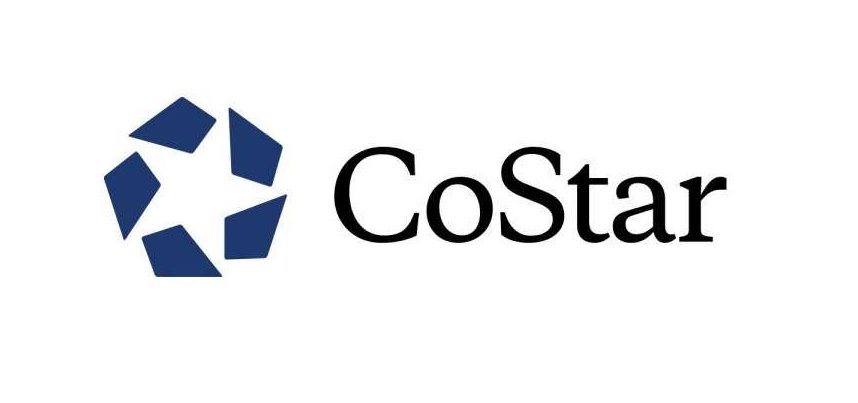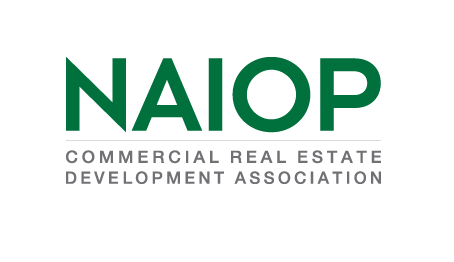Going to raise my hand and say, “Hi, my name is Amalie, and I’ve experienced burnout.” Even before the pandemic, the world was already experiencing burnout at a high level. In 2019, the World Health Organization included burnout in the 11th Revision of the International Classification of Diseases as an occupational phenomenon.
Then March 2020 hits. Frontline healthcare workers felt a brunt of work on a whole other level leading to even more stress, as did those in what we began to call “essential workers” like grocery store cashiers, factory workers, mail carriers and bus drivers. Some of the workforces were transitioned to work from home (WFH) and the “work” and “home” lines quickly began to blur together.
This harsh pivot made many employers reevaluate their perks and take care of their employees differently.
With such high burnout before the pandemic followed by a wave of stress during the pandemic, the question is: How do we bring employees back into the office without leading to increased burnout, and possibly even decrease the growing phenomenon?
Having an inclusive and supportive culture
The most important tenet is to allow employees to speak up about how they are feeling and coping with returning. Every employee has a different home dynamic. Respecting and being open to feedback about how best to support each individual will help diminish their stress and anxiety, making an employee feel valued and fully understood so they can bring their best work and energy to the office. A follower shared with me that their employer helped them return to the office with a hybrid schedule since they having kids to take care of at home on the days they WFM. Don’t expect to have your workforce 100% in the office right away, as everyone has their own adjustment period.
Creating a healthier workspace
Alright, so you have a hybrid model in place. But what about the physical space? Before the pandemic, the perks of modern office space were ping pong tables, trendy furniture and beer on tap. Burnout was thriving in that environment. Now, every inch of the office needs to have the employee in mind and keep everyone as healthy as possible. At UnCommons, for example, we are increasing our common area spacing, indoor air quality, touch-free technology and UV lighting; setting physical space outside to unwind and unplug to take in the fresh air. We are encouraging people to take a moment to themselves.
Follow up, follow through
The hybrid model is set up. The office reflects a safe, calm, supporting space. Now what actions are best practices for the team:
- Create a task force that checks in with employees monthly about how they are coping with the return to the office, the workload and the hybrid model.
- HR and leadership should diligently report any issues that arise or feedback that caused them to pivot to better the workplace for employees.
- Keep the team informed what is expected of the team and be quick to update the team when expectations change.
- Be consistent with communication between those in the office and those working remotely. Team members shouldn’t feel like they are getting less or different information based on where they working
These are the reasons we’re creating a place where people can work and live better. Together. At UnCommons. How?
- WELL Certification, we have pledged to the highest standards of air, materials and comfort.
- Life. Balance. To us, sustainability means people, teams and companies thriving in harmonywithin their entire surroundings.
- The Onsight Community Team focuses on setting up meaningful peer-to-peer and mentorship relationships to concentrate on personal and professional development.
I confessed at the beginning of having to deal with the experience of burnout. Do you know what got me through it? My community of peers who supported and helped me find my balance. Now, more than ever, we need each other and we need time and patience with ourselves and those around us as we dip our toes back into the office pond and work to discover a balance.
It is true no matter what situation:
We are all human, and we are all trying to thrive. Let’s do it together.



